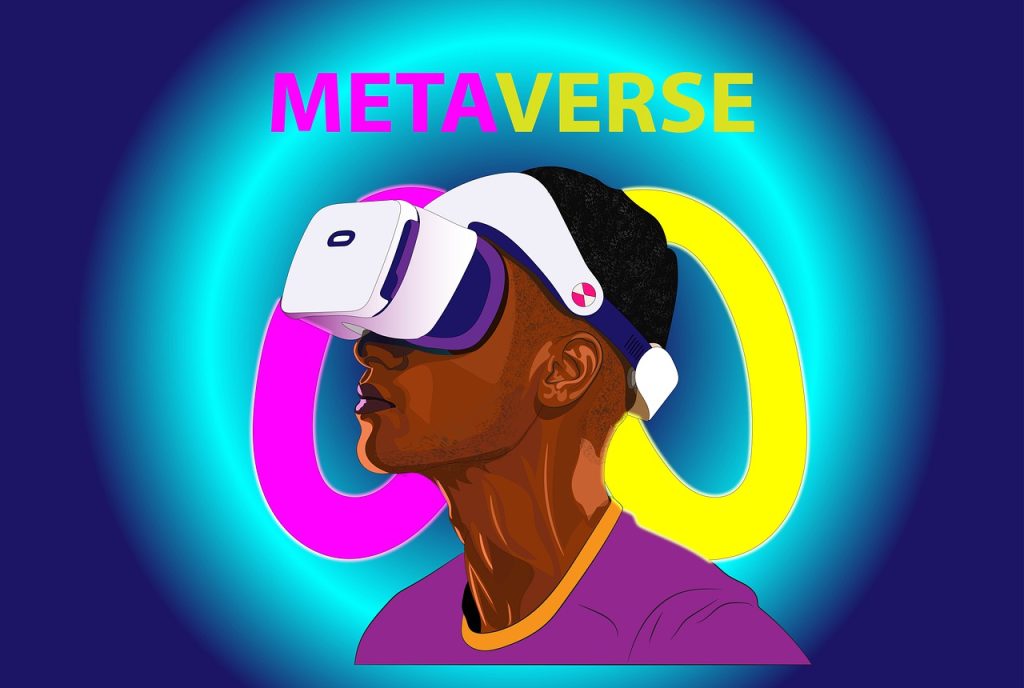Continuing To Work In The Metaverse – How A Virtual Office Might Look

Information technology has less to do with gadgets and interconnection and much more about experience and skills in the workplace. Numerous seasoned people only have managed to learn the fundamentals of email, internet research, and Office Software. Once things go bad, they instead rely heavily on upon near the area workmates or even the IT help desk support.
Younger folks, on either hand, already have proved a market edge in the digital workplace. Those who have a much more intuitive knowledge of digital new tech and the leadership to diagnose problems sing Tutorials on YouTube, social networks, and comment threads.
Most of the metaverse continues to remain to be built. Of sure, virtual reality has long been used in physical job training, from cosmonauts and aircrews to law enforcement, surgical intervention, and production. Whenever it comes to highly specialized machines and equipment or complicated places, the relative security and cost of investment in training are almost self-evident. However, most deep changes will happen in expertise work – from computer science to law to design.
How can virtual places of work help with communication?
Most people working remotely during the disease outbreak have comprised alt-tabbing among information and communication app stores and video-conferencing systems like Slack, Team members, and Remi. So there is room for improvements there.
Educational research has found that when workmates telecommute, their joint effort suffers. Transactions via electronic mail or Leeway are replacing traditional true in-person discussions, having caused communication to endure.
Google has tried to claim that inventions such as Google Streetview and Google mail were motivated by normal conversations at coffee makers and meal tables on its school grounds. However, in remote working, this form of fortuitous encounter nearly vanishes.
There seem to be, of class, expenses to control working in terms of specific well-being. According to Stanford investigators, “Zoom fatigue” is influenced by a mixture of strenuous body language, reduced mobility, identity about one’s video feed, as well as the guide one’s thinking of requiring to provide overstated input to signal comprehension, consensus, or worry.




